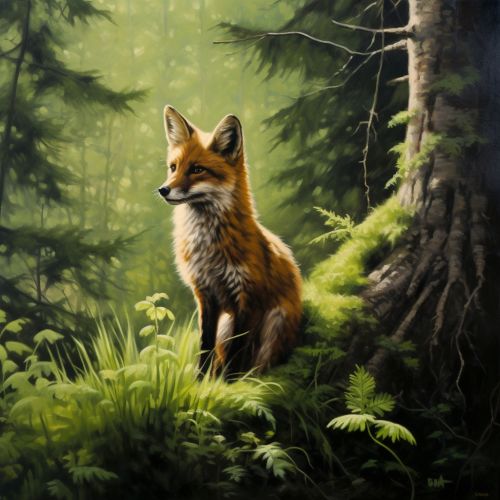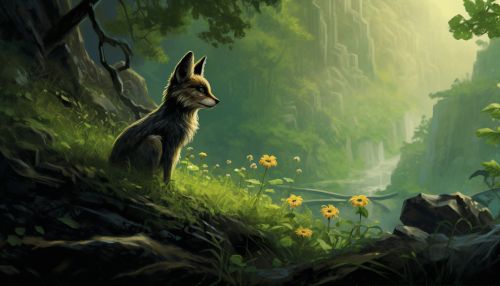Fox
Taxonomy and Evolution
The fox is a member of the family Canidae, which also includes dogs, wolves, and other similar animals. The most common and widespread species of fox is the red fox (Vulpes vulpes), but there are many other species, including the Arctic fox (Vulpes lagopus), fennec fox (Vulpes zerda), and gray fox (Urocyon cinereoargenteus). Each species has its unique characteristics, adaptations, and habitats.
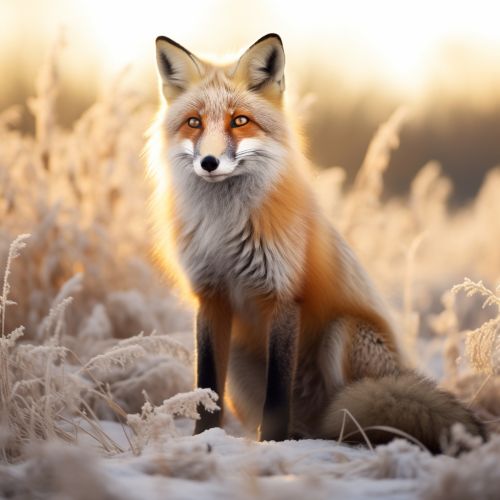
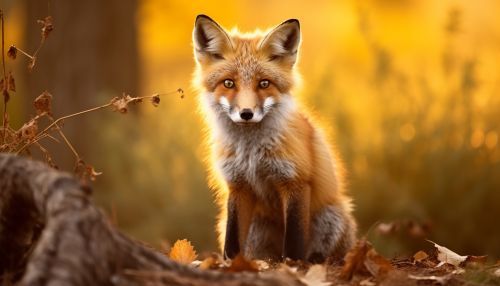
The evolution of foxes is a fascinating subject. It is believed that the first fox-like animals appeared during the Eocene epoch, around 50 million years ago. These early canids were small, omnivorous creatures that gradually evolved into the diverse family we know today.
Physical Characteristics
Foxes are small to medium-sized mammals. They typically have a pointed nose, upright pointed ears, a bushy tail, and a lean, agile body. The coat color varies greatly among different species, from the red and brown tones of the red fox to the white or blue-gray coat of the Arctic fox. Foxes are well adapted to their environments. For example, the Arctic fox has thick fur and a round body shape to minimize heat loss in the cold Arctic climate, while the fennec fox has large ears for heat dissipation in the desert.
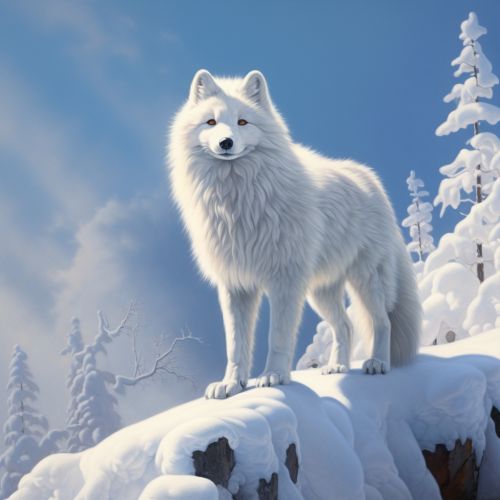
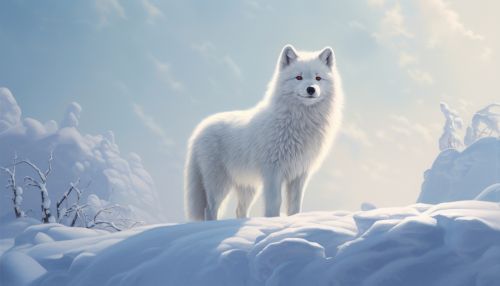
Behavior and Ecology
Foxes are generally solitary animals, although they may form family groups. They are primarily nocturnal, but can be active during the day. Foxes are omnivores, with a diet that includes rodents, birds, insects, fruits, and plants. They are also known for their cunning and adaptability, which allows them to survive in a wide range of environments, from deserts to Arctic tundra.
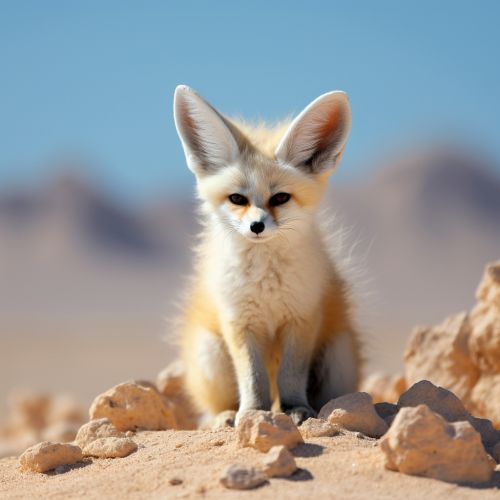
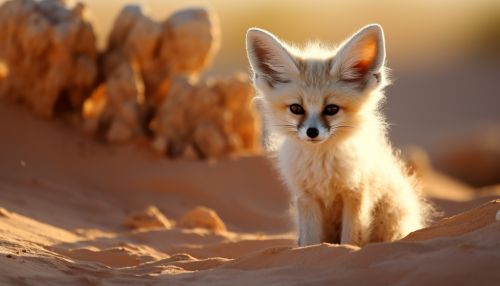
Foxes have a complex communication system, using a variety of vocalizations, body postures, and scent marking. They are territorial animals and will defend their home range from other foxes. The mating season for foxes usually occurs in the winter, with the female (vixen) giving birth to a litter of pups in the spring.
Human Interaction
Humans have had a long and complex relationship with foxes. In some cultures, foxes are revered as symbols of intelligence and cunning. In others, they are seen as pests or threats to poultry and game. Foxes have been hunted for their fur and for sport, and they have also been kept as pets. In recent years, there has been increasing concern about the impact of human activities on fox populations, including habitat loss, hunting, and climate change.
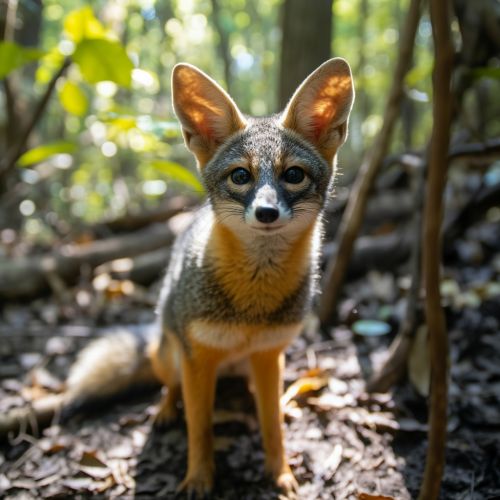
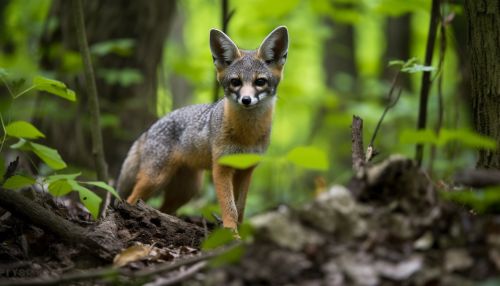
Conservation
Several fox species are threatened or endangered, including the Darwin's fox (Lycalopex fulvipes) and the island fox (Urocyon littoralis). Conservation efforts for these species include habitat protection, captive breeding programs, and reintroduction projects. However, many challenges remain, including ongoing habitat loss and conflicts with human activities.
